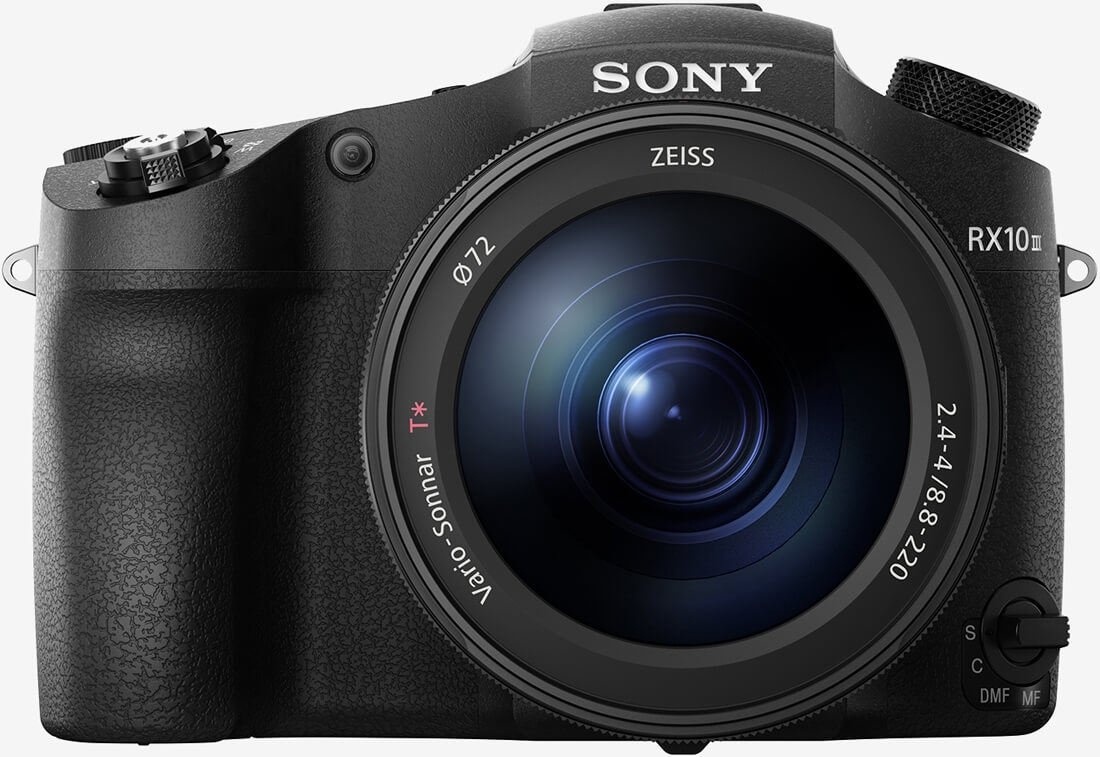
Sony on Tuesday announced an updated version of its popular superzoom camera. The new Cyber-shot RX10 III offers a three-fold increase in zoom length albeit with some compromises.
The RX10 III features a 25x super-telephoto lens with an equivalent focal range of 24-600mm, far more reach than the previous model’s 24-200mm range. The tradeoff, however, is that Sony had to ditch the constant f/2.8 aperture and instead opt for a variable f/2.4 – 4.0 aperture.
Sony says the lens features eight ED glass elements – one super ED glass element, five ED glass elements and two ED aspherical lenses – and is equipped with Optical SteadyShot image stabilization. When active, it compensates for roughly 4.5 stops of exposure.
Lens aside, the camera is pretty much identical to the previous iteration. It features the same back-illuminated 20.1 MP 1.0-type stacked CMOS sensor and BIONZ X image processing engine that offers a sensitivity range of ISO 64 to ISO 12,800 and DRAM chip found on the RX10 II.
Together, they allow the camera to shoot at 14 frames per second with minimal blackout and shoot slow motion video at up to 960 frames per second. What's more, the camera is capable of reaching shutter speeds as fast as 1/32,000th of a second. The electronic shutter, meanwhile, allows photographers to capture quietly without disturbing the subject. Wi-Fi and NFC come standard as well.
Sony’s Cyber-shot RX10 III goes on sale in May and will set buyers back around $1,500, the company said.
https://www.techspot.com/news/64264-sony-new-rx10-iii-offers-3x-zoom-range.html